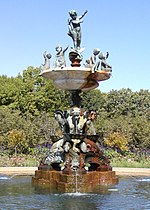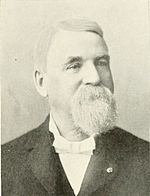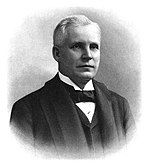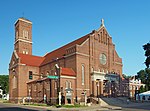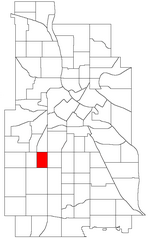Theodore Wirth House–Administration Building

The Theodore Wirth House is a house in Minneapolis, Minnesota, that was home to Theodore Wirth, an architect of the Minneapolis park system, and also served as the administration building for the park system. Wirth was superintendent of the Minneapolis Park and Recreation Board from 1906 through 1935, when he retired, and he continued to serve as superintendent emeritus until his death in 1949. The house was listed on the National Register of Historic Places in 2002. The house was recognized for Wirth's status as an international figure in the field of park design, for its role in bringing Wirth to Minneapolis, and for the work he did in the offices where he designed or redesigned the Minneapolis parks.When Charles Loring originally approached Wirth to come to Minneapolis in 1905, Wirth was reluctant to accept the offer. His employer at the time, the city of Hartford, Connecticut, provided Wirth and his family a mansion in Elizabeth Park. Minneapolis did not have a home to provide, and as a civil servant, Wirth was unable to replace that benefit. During the process of negotiations, Loring agreed that the park board would build a home for Wirth. The home was to be located in Lyndale Farmstead Park. Wirth agreed to these terms and moved to Minneapolis in 1906. The house was designed by local architect Lowell Lamoreaux.
Excerpt from the Wikipedia article Theodore Wirth House–Administration Building (License: CC BY-SA 3.0, Authors, Images).Theodore Wirth House–Administration Building
Bryant Avenue South, Minneapolis Southwest
Geographical coordinates (GPS) Address Nearby Places Show on map
Geographical coordinates (GPS)
| Latitude | Longitude |
|---|---|
| N 44.931111111111 ° | E -93.291666666667 ° |
Address
Theodore Wirth Home and Administration Building
Bryant Avenue South 3954
55409 Minneapolis, Southwest
Minnesota, United States
Open on Google Maps

